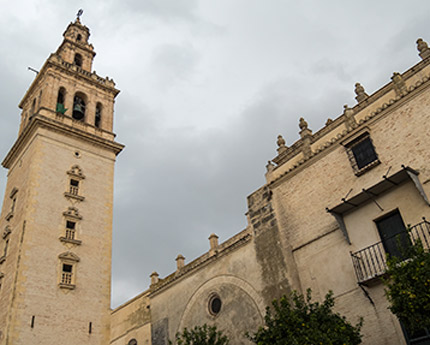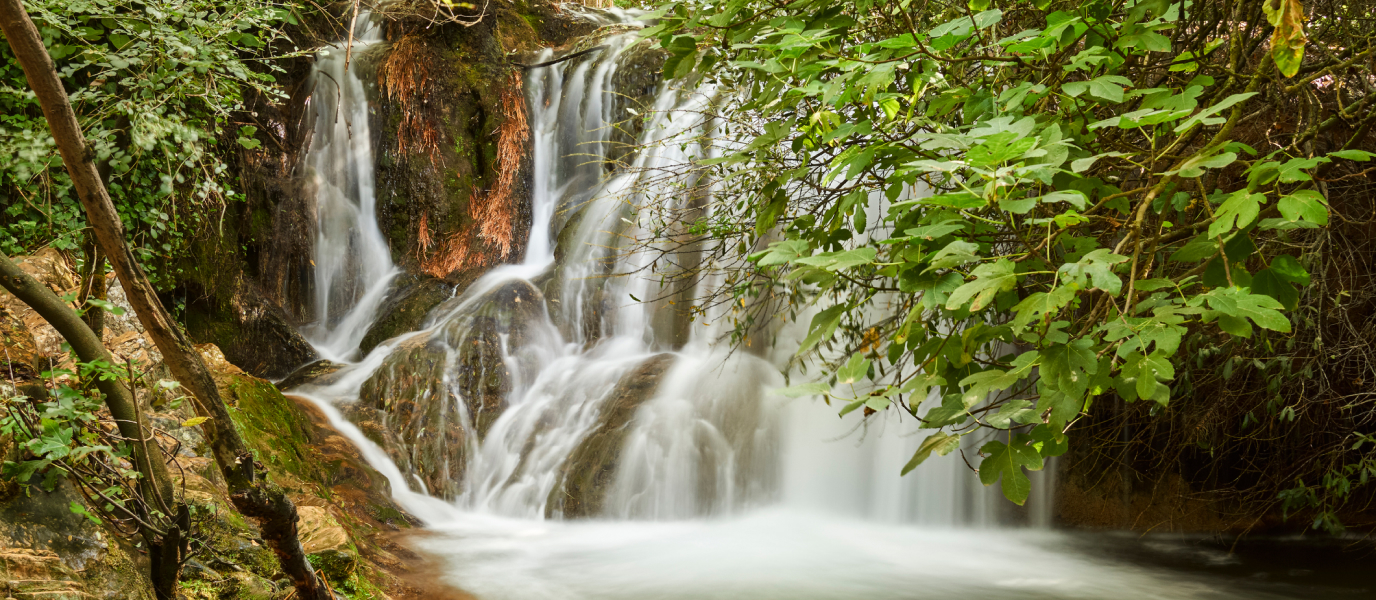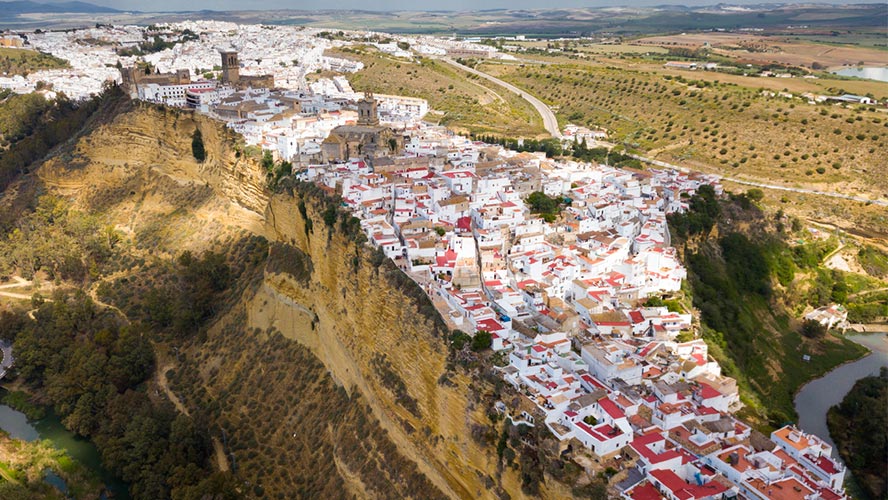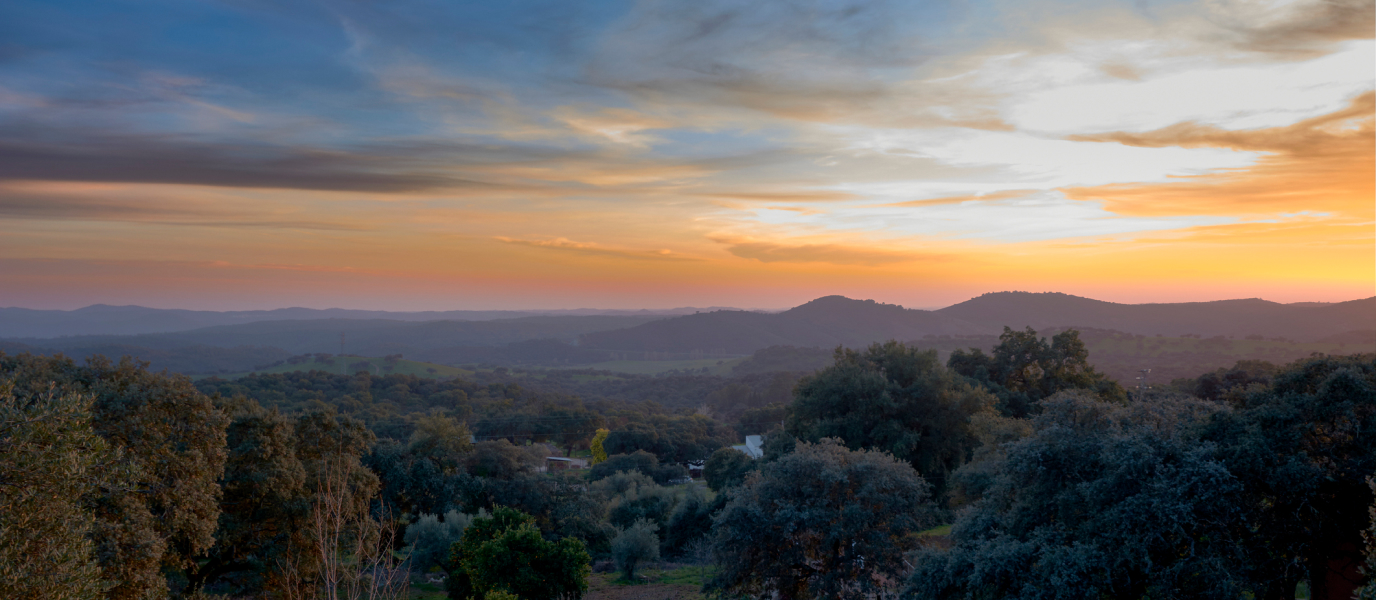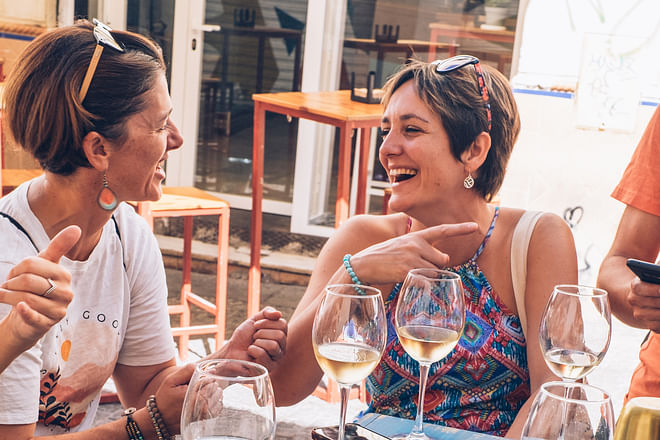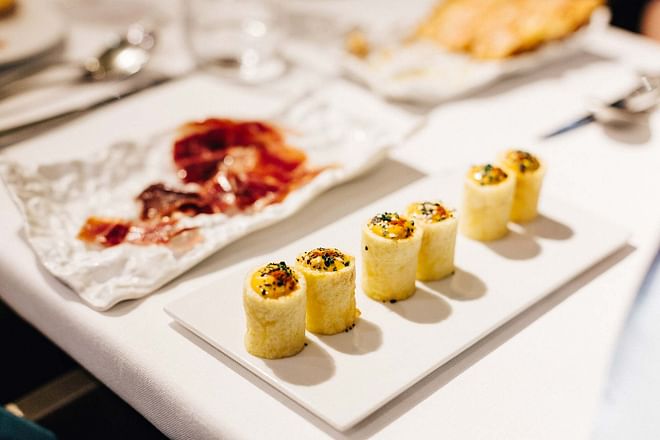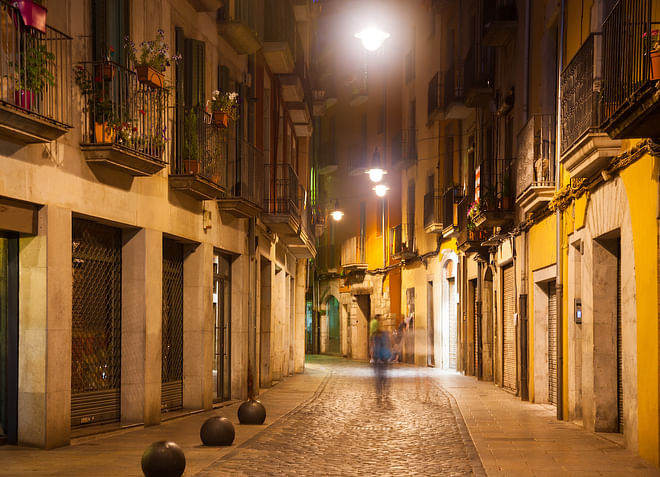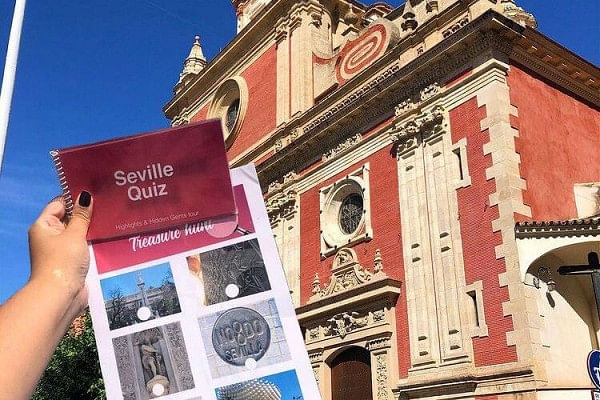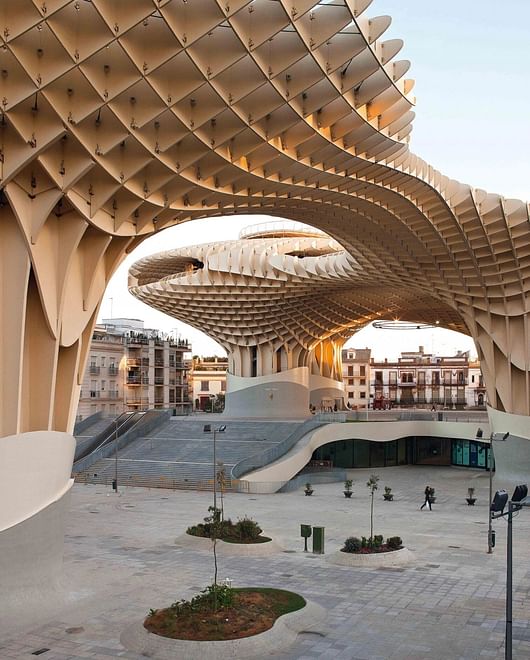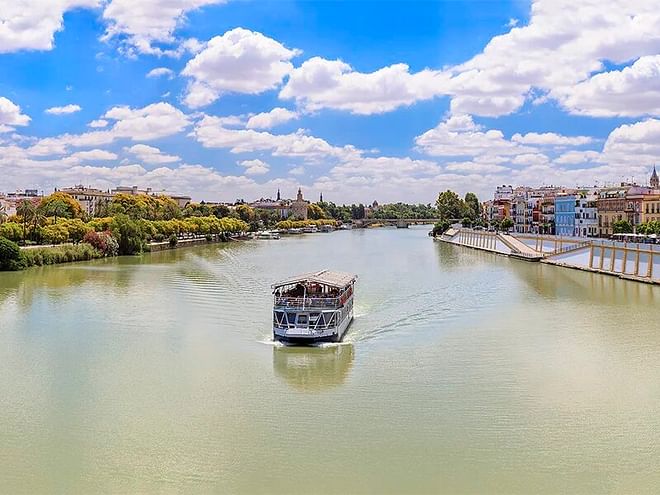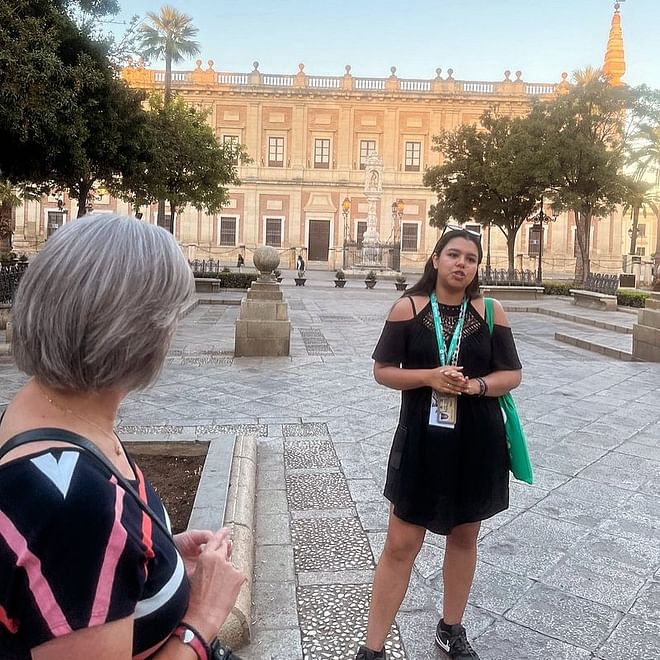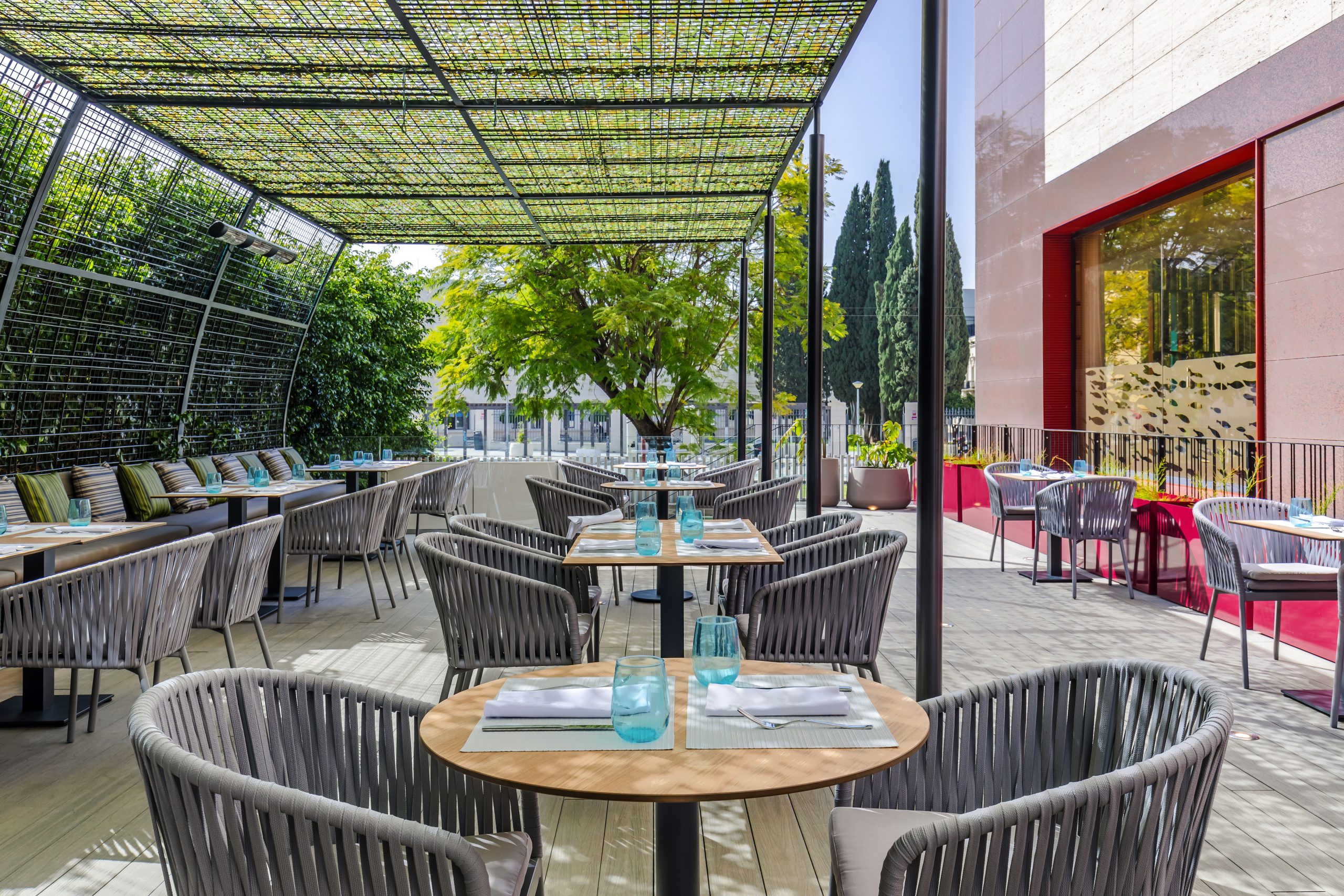They say that Lebrija shines a light all the way from the marshes of the Lower Guadalquivir. It is also a town of potters and boasts Roman and medieval history that has left its mark throughout its historical heritage. With a population of 28,000, situated 76 kilometres from Seville, Lebrija borders the province of Cádiz and, if you stroll along its streets, you will find beautiful churches and mansions as well as a small tower on the horizon. Taking its name from Seville’s iconic tower, it is called the Giraldilla.
From a archaeological and ethnographic perspective, Lebrija is one of the most interesting towns in Lower Andalusia, since it has continuously been settled by humans throughout history. It would seem that the first settlers to arrive in Lebrija were in prehistoric times and that the Romans later called it Veneria. During Al-Andalus it was rebuilt and called Lebrisah and, after many transformations, in 1264 it was conquered by Alfonso X. It is worth mentioning that flamenco is one of the hallmarks of Lebrija, the birthplace of Juan Peña ‘El Lebrijano’ and the pianist David Peña Dorantes. For over 40 summers, the town has also celebrated the flamenco festival La Caracolá Lebrijana. And as if that were not enough, Lebrija was also the birthplace of the grammarian Elio Antonio de Nebrija (1444–1522), for whom the fifth centenary of his death was recently celebrated.
Town Hall square
Lebrija’s Plaza de España, where the Town Hall is located, is one of the central points of the town and one of the main meeting points for local residents. The square is also home to a statue of Elio Antonio de Nebrija, author of the first Spanish language grammar guide, created by the Seville-born sculptor José Lafita. In order to promote the work of Lebrija’s most distinguished son, the Nebrija Interpretation Centre, situated off the courtyard of the Town Hall, traces the life of Spain’s very first humanist.
Convent of the Monjas Concepcionistas
Just a short walk from the Town Hall is the Convent of the Monjas Concepcionistas, founded in 1522 together with the original San Sebastián chapel, which boasts a magnificent sixteenth-century temple with an interesting carved stone façade. Incidentally, if you cross the adjacent street, Calle de las Monjas, you can appreciate the flying buttresses that support the vault of the church.
Santa María de la Oliva church
As was often the case, Santa María de la Oliva church was built on the foundations of a formed mosque. Built in the time of Alfonso X the Wise, in the second half of the thirteenth century, the church still retains its cloisters, known as the Patio de los Naranjos (the Orange Tree Courtyard) and houses an interesting Museum of Sacred Art. Also impressive is its eighteenth-century tower, nicknamed the Giraldilla due to its resemblance to the tower of Seville cathedral. The main altarpiece is one of the most essential pieces of the artist Alonso Cano.
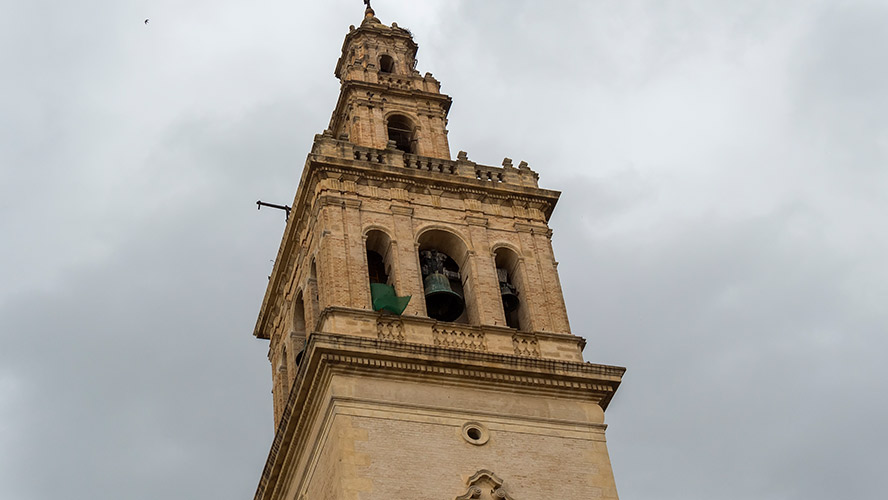
Former Town Hall and Public Granary
In front of La Oliva parish, just before you go up to what remains of Lebrija castle, is the former Town Hall and the Public Granary with its Renaissance-style façade, which was in use until the nineteenth century. All that remains of the former Town Hall is the façade, of which the coat of arms of the original owners still survives. On the façade’s lintel there is an inscription from the Book of Wisdom: ‘Love justice, you who judge the earth’. Inside you can see what is left of two Roman homes together with their cisterns and sewage systems. These days the building houses the town’s Cultural Centre.
Nuestra Señora del Castillo chapel
On the old parade ground of Lebrija castle is the chapel of the town’s patron saint, the Virgin of the castle, dating from the fourteenth century. It is one of the main examples of Mudejar architecture in Lebrija and symbolises the cultural symbiosis between the Islamic and Christian worlds. Two side chapels were added in the eighteenth century.
Pottery
Lebrija has, over the centuries, been a land of potters. However, if its decline is not addressed, the days of this traditional trade are numbered. Fifty years ago there were 14 pottery workshops in Lebrija, but today there is just one, that of Juan Sebastián López, the fourth generation of a family of potters that no longer has any successors. Nevertheless, his workshop is always open to people interested in the craft, which was the economic livelihood of many Lebrija residents.
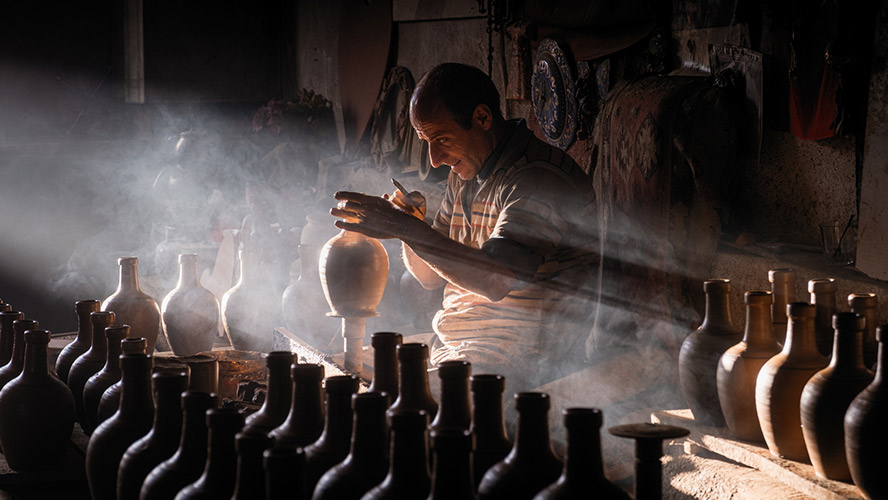
What to see in the surrounding area of Lebrija?
Lebrija is a short distance from other charming towns in Seville province, such as Osuna, Écija and Carmona. Écija is a town of Phoenician origin known as the ‘City of Towers’, due to its large number of churches, palaces and convents. Osuna is also very historical and includes attractions such as the Collegiate Church of Santa María de la Asunción, which houses the pantheon of the Dukes of Osuna, Grandes of Spain, and the Convent of the Concepcionistas Franciscanas, where you can purchase Moroccan sponge cakes. Finally, Carmona is also a very interesting place to visit, since it has retained the Roman layout of its streets. It is worth taking a leisurely stroll through the town, where you will be amazed by its beautiful sights, such as the market square, the town hall, the town museum, Santa María priory church, the Roman necropolis, the Alcazar of Rey Don Pedro and the Córdoba gate.
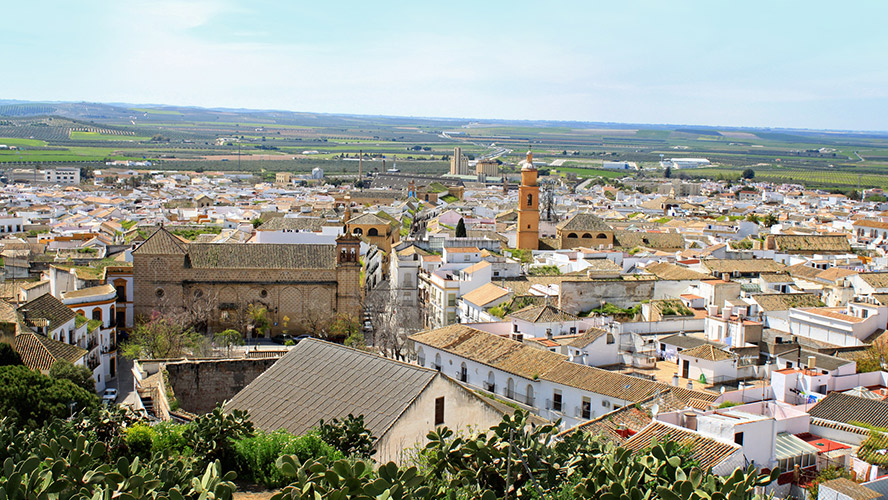
Where to eat in Lebrija
You cannot leave Lebrija without trying some of its most famous dishes, such as broad beans cooked with mint, Lebrija-style snails and fried garlic. There are many small traditional restaurants, bars and cafés in the old town, all of which will no doubt offer you the best of their dishes. Here are just a few: Bar Aceituno, La Taberna del Truji, Casa Manolo, Bar la Cantarería, Asador Cotero, Bar El Casino, Restaurante La Quemá, Restaurante Lechuga and Bar La Capitana.
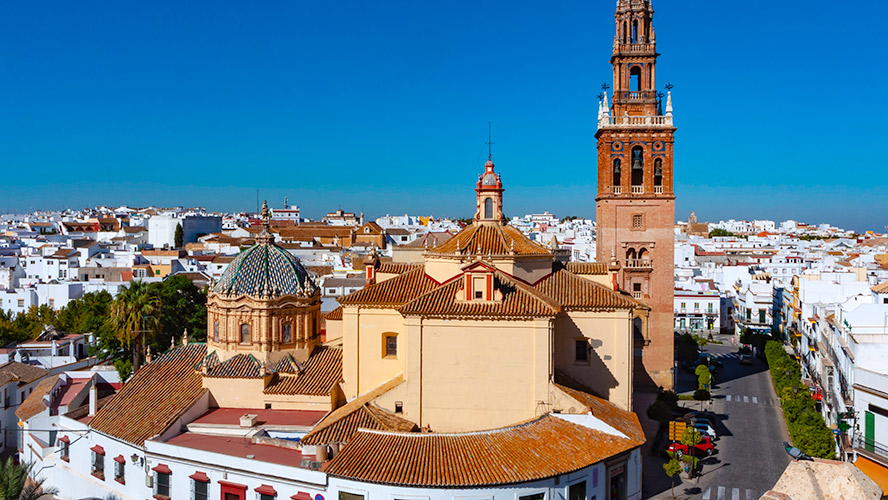
Where to stay close to Lebrija
Seville is one of the best places to stay when visiting Lebrija, as it is a large tourist-oriented city boasting a wide range of accommodation options designed for all types of visitors. We recommend two hotels that without a doubt will make your stay an unforgettable experience. The value for money is also excellent:
Occidental Sevilla Viapol
The four-star Occidental Sevilla Viapol hotel is a superb choice whether you are travelling as a family, as a couple, or with friends. It is located in the Nervión district, a residential area with excellent links to all Seville’s tourist attractions, such as the Santa Cruz neighbourhood, and the Plaza de España. The hotel has modern guest rooms offering every comfort and convenience. Its other facilities include the outstanding Arrozante restaurant specialising in rice dishes, an outdoor, temperature-regulated swimming pool, a car park, and 5 meeting rooms.
Barceló Sevilla Renacimiento
One of Seville’s most emblematic hotels, thanks to its architecture and design, which are reminiscent of New York’s Guggenheim Museum. The hotel Barceló Sevilla Renacimiento is situated on the banks of the Guadalquivir, just a short walk from the Alameda de Hércules and the AVE station. The hotel’s 295 guest rooms enjoy excellent natural light, and its bars and restaurants offer a fantastic range of cuisine. It also has a gym and 25 meeting rooms for all types of events.





























































